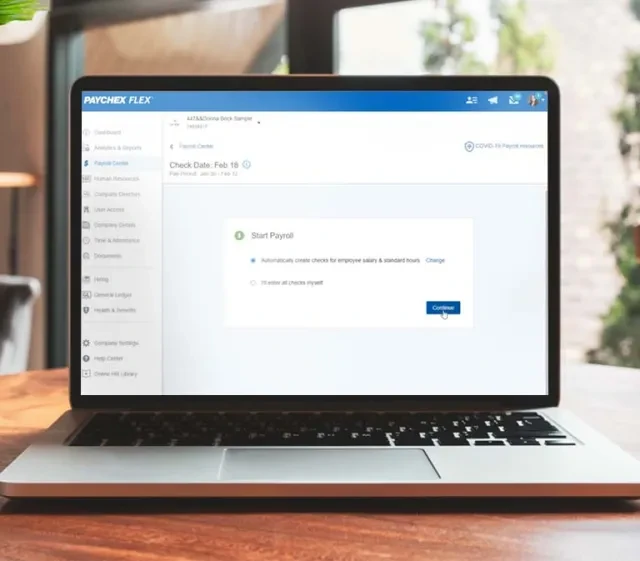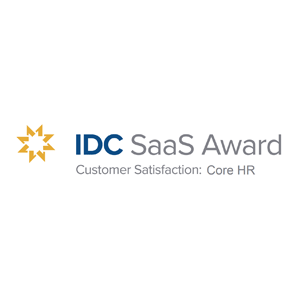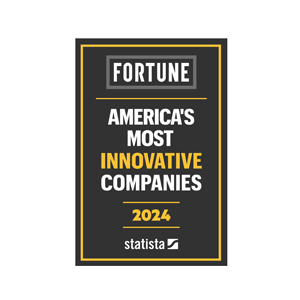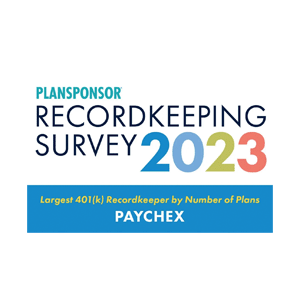Paychex HR and Payroll Services in New Mexico
New Mexico businesses rely on Paychex for trusted, efficient, comprehensive payroll and HR services. We proudly serve businesses of all sizes with the technology, expertise, and support to help them be successful.
Request a Free Quote
Paychex Services for New Mexico Businesses
Simplify Payroll and Taxes
Run payroll on desktop, mobile, or call your payroll specialist. Automate your payroll tax services including calculation, payment, and filing with appropriate agencies.

Get Help With Your HR Needs
Whether you need full HR outsourcing to a PEO* or help with a few HR administrative tasks, our all-in-one technology helps simplify employee management, including payroll, employee benefits, and more.

Insure your Business, Property, and Employees**
Paychex is your go-to for business insurance, service, and support. From a business owner’s policy to workers’ compensation or cyber liability, we have options to help keep your business, property, and employees covered.

Help Employees Save For Their Future
With industry-leading expertise, New Mexico businesses turn to Paychex for flexible retirement plans, investment options, and fee transparency.

The Single Platform for Your HR, Payroll, and Benefits
Paychex Flex® is our all-in-one HR, payroll, and benefits platform designed to work with businesses of any size. Our award-winning technology allows for over 30 self-service actions for increased employee convenience and independence.
Contact a Paychex Payroll & HR Consultant
Need more reasons why you should choose Paychex?
- 50+ years of industry experience to help guide your business
- Easy-to-use technology backed by award-winning support
- Extensive knowledge of New Mexico and federal laws and regulations

Convenient Service and Support
Get time back and focus on what matters most to you by working with Paychex. We help make it more convenient and easy to manage your payroll, HR, and benefits from anywhere using your computer, or mobile device.
Need support? We're here to help.

Find the Right Solution for Your Business
Move your business forward by working with Paychex. We have the technology, expertise, and customer service that New Mexico businesses can rely on to simplify HR and payroll. Find the right solution for your individual business needs.
How Many Employees Do You Have?
Paychex Is the Smart Choice for Payroll and HR Services in New Mexico
- Over 650 dedicated, highly-trained HR professionals – the most in the HR outsourcing industry
- Single HR, payroll, and benefits platform to simplify business processes
- Paychex pays 12 million workers — 1 in 12 U.S. private sector employees

Additional Resources for Businesses in New Mexico
Payroll Solutions for Businesses of Every Size
Save time with Paychex Payroll Services and focus on what matters most – your business. Hear from one of our customers about why they chose Paychex to ease the burden of payroll.
"The daily time that I don’t spend on (payroll) … it really changes my daily routine. It allows me to make phone calls, answer emails, talk with general contractors and talk with my franchise (personnel). Having the ability to do that streamlines both processes."

"When I first started, my wife used to do my payroll for me, but it didn't always work out because I'm too busy, she's too busy ... so her brother, who's a CPA, suggested that I should use Paychex. Having Paychex as my payroll service just makes my life a lot easier."

“For me and my business, Paychex is someone that I can depend on to make sure that every person is paid on time.”

“We have quite a few employees that are working remote these days and Paychex Flex® really allows them to go in at any time and really check on their payroll, check on their contributions, and really look and make sure that everything is accurate."









